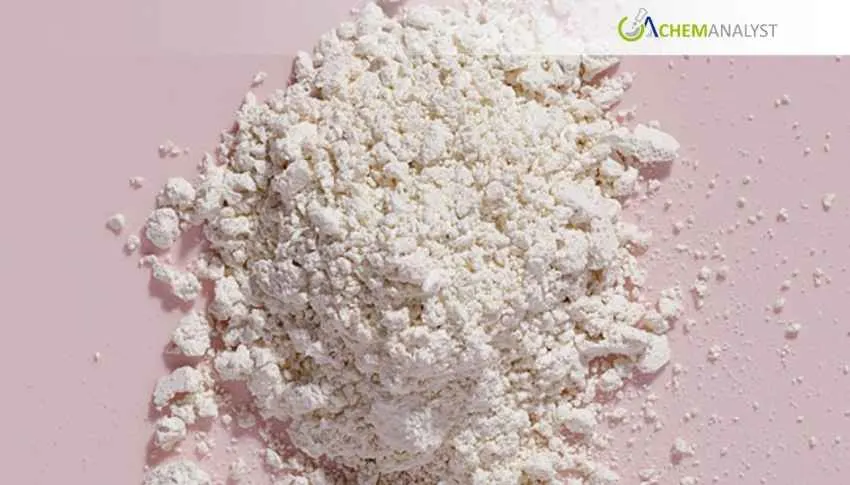Welcome To ChemAnalyst

U.S. import prices of Povidone, primarily from China, rose significantly in July 2025 and are expected to continue rising in August. Key reasons include the 10% U.S. tariffs on Chinese imports, continued trade tensions despite a brief 90-day tariff truce, and global supply chain problems such as increased freight rates and Chinese weather disruptions. Exchange rates also impacted costs, as the U.S. dollar rose 0.48% against the yuan, impacting import expense. Domestic inflationary pressures further fueled cost rises, affecting healthcare and pharma industries that rely on Povidone. In general, barring buoyant demand or supply-side rationing, Povidone import expense is likely to remain elevated, calling for strategic response from industry participants.
In July 2025, the U.S. market experienced a significant rise in the import cost of Povidone, primarily sourced from China. This trend is likely to continue in August as a result of several interrelated factors. One of the most important reasons behind the increased import costs is the rise in U.S. tariffs on Chinese imports. The U.S. also charged a 10% retaliatory tariff on Chinese imports until July 2025, including Povidone. This policy change increased the base import prices of Chinese products, influencing the overall U.S. market prices. Although a short-term 90-day tariff hiatus was also prolonged in August, the underlying trade tensions and threat of future tariff hikes maintain pressure on Povidone import costs.
Also contributing to the increasing import prices were currency fluctuations. In July 2025, the U.S. dollar strengthened by 0.48% versus the Chinese yuan, with the exchange rate hitting 7.168 CNY per USD as of July 25. This appreciation reduced the dollar cost of imports from China, thereby benefiting traders importing Povidone. Furthermore, broader global supply chain dynamics further exacerbated the situation. U.S. import prices, excluding fuel, have risen considerably ahead of persistent demand from downstream food and nutraceutical sectors. Heightened freight costs along with weather disruptions in parts of China have further affected Povidone trade dynamics. Consequently, these supply chain issues, in addition to inflationary pressures, have resulted in higher prices for imported products like Povidone.
On the regional market side, within the country, the U.S. economy reflected inflationary pressures. The inflationary environment and increased import costs have fueled end-user prices. The pharmaceutical, healthcare and food sectors, heavy users of Povidone, are experiencing cost pressures that may influence price decisions and supply chain strategies. Ahead of persistent rise in transportation cost, the overall cost across the US market the import prices continue to remain on the upper side, yet at a moderate level ahead of the appreciation of dollar against the Chinese yuan. Supporting to this, weather disruption across the producing nations, particularly in China the market delivery across the us market continue to remain affected which further supported an upward trajectory in the prices across the regional market. This was due to a persistent arrival of quotations from the end-users, as a result of which, suppliers across the region majorly focused on selling them at a higher price. Furthermore, In future periods, barring a material increase in demand from major industries or critical supply-side realignments, Povidone prices will remain under pressure. The broad market situation for the second half of 2025 indicates these drivers will continue to push import prices upward, with no relief in sight.
In conclusion, the consistent increase in Povidone import prices in the U.S. market in July 2025, and the ongoing trend expected in August, is due to a synergy of high tariffs, international supply chain constraints, currency exchange rates, and internal economic factors. These issues combined have led to the upward trend of Povidone import prices, requiring early strategic action from sector players.
We use cookies to deliver the best possible experience on our website. To learn more, visit our Privacy Policy. By continuing to use this site or by closing this box, you consent to our use of cookies. More info.
